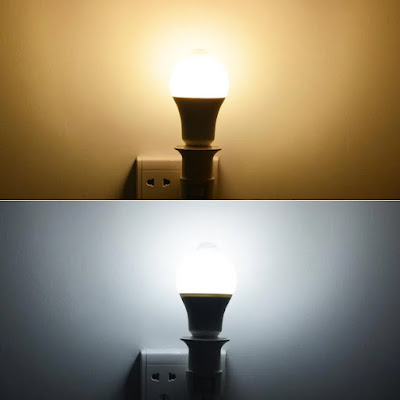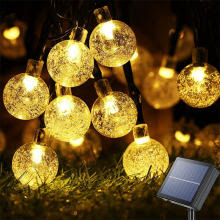7 Facts About Motion Lamp Sensor Light
Motion sensor lamps, also known as motion-activated lamps or motion sensor lights, have become more common due to their practicality and energy economy. Because of the sensors in these lamps, the ambient lighting is immediately turned on when movement is detected. Here are seven specifics about motion lamp sensor lights:
How Motion Sensors Work
Motion sensor lighting uses various sensors, including passive infrared (PIR) and microwave sensors. PIR sensors detect changes in infrared radiation caused by moving objects, whereas microwave sensors create microwave pulses and evaluate the reflections to detect motion.
Duration and Activation
The lamp turns on and immediately illuminates the area when a motion sensor senses movement. Depending on the model, you may change how long the light will be on. Typical ranges are a few seconds to a few minutes.
Energy Savings
Motion sensor bulbs are significantly more energy efficient than conventional lighting alternatives. They save energy and minimize power bills because they only turn on when motion is sensed. They are, therefore, an eco-friendly option for illumination.
Flexible Settings
Most motion sensor lights include programmable settings that let users alter how they work. These options frequently include sensitivity, duration, and a choice of day or night modes. The sensitivity option affects how quickly the led light bulb motion sensor picks up motion, while the duration setting controls how long the light is on.
Security Advantages
For security considerations, motion sensor bulbs are frequently utilized. By automatically lighting the space and creating the appearance that someone is there, they can prevent possible invaders. This additional security precaution can assist in safeguarding buildings, outdoor areas, and private residences.
Indoor and Outdoor Use
Both indoor and outdoor application is possible for motion sensor lights because of their adaptability. Indoor models are frequently installed in closets, restrooms, or corridors to give light as needed. Outdoor versions are employed to improve safety, brighten walkways, or improve visibility in places like driveways or gardens.
Different Designs and Types
Motion sensor lamps come in a variety of shapes and kinds to accommodate varied tastes and requirements. They might be sleek and contemporary or more ornate or classic in appearance. Some versions could include extra features like dimmer controls or built-in dusk-to-dawn sensors, which make sure the light only turns on at night.
Conclusion!
Finally, motion lamp sensor lights provide a practical and effective option for indoor and outdoor areas. Thanks to their automated motion detection and lighting, they improve security, conserve energy, and enable changeable settings to meet individual needs. Motion sensor bulbs are anticipated to become much more advanced and popular in the future as technology develops.


Comments
Post a Comment